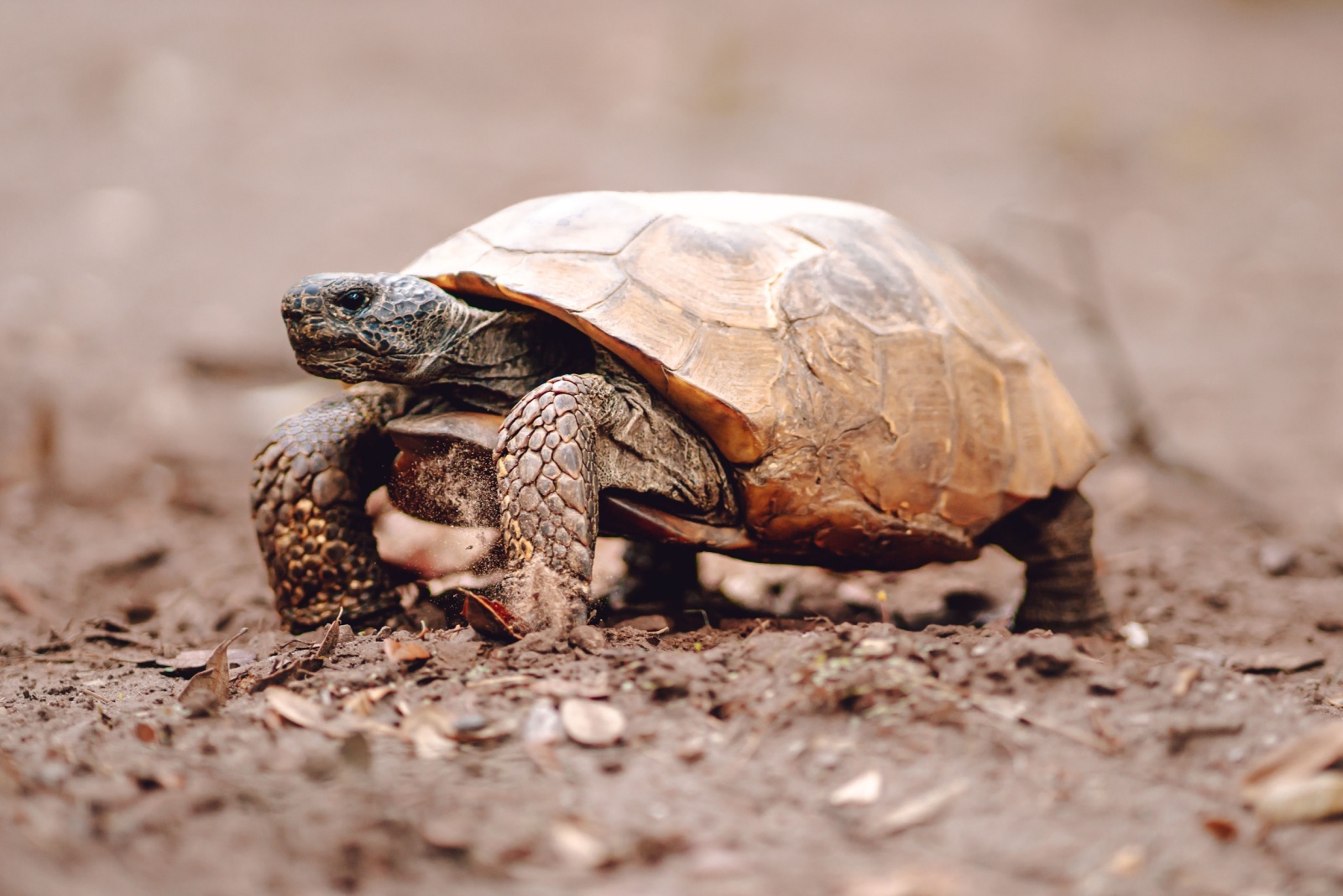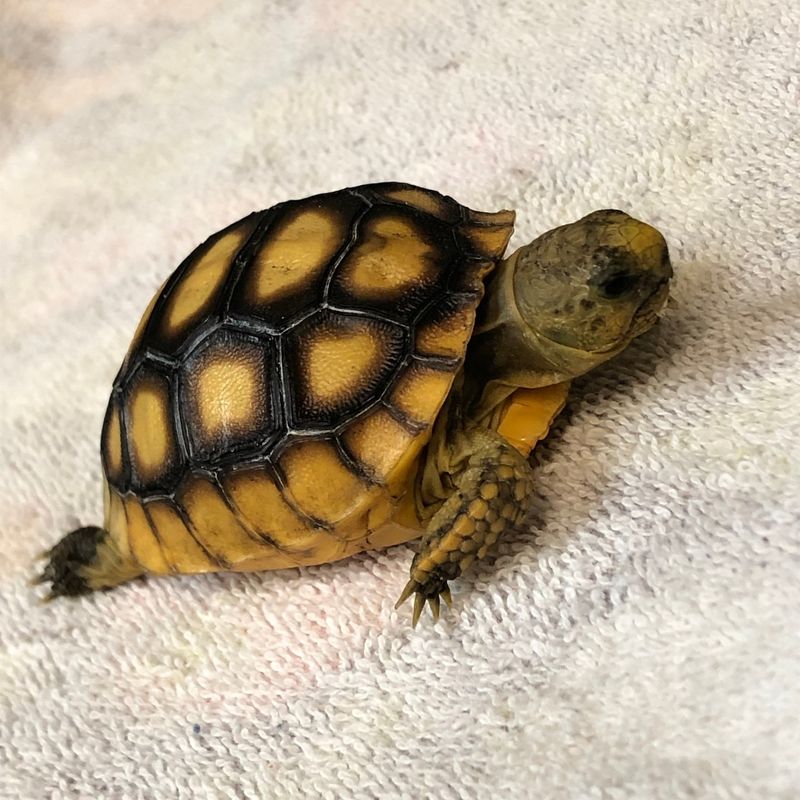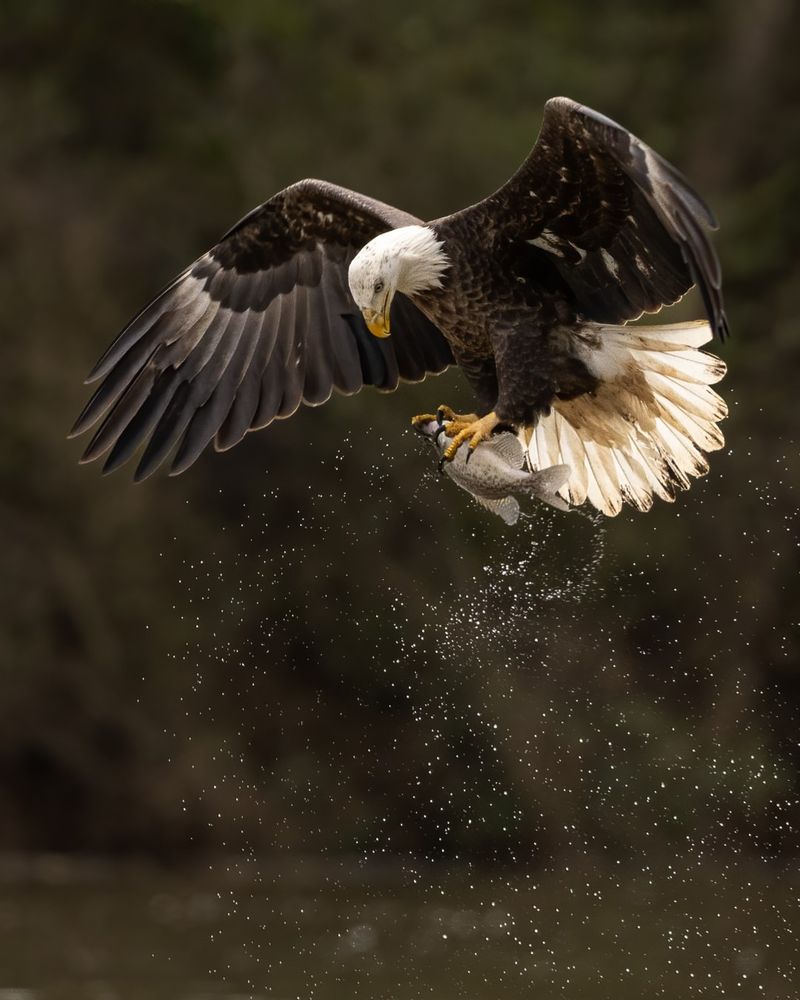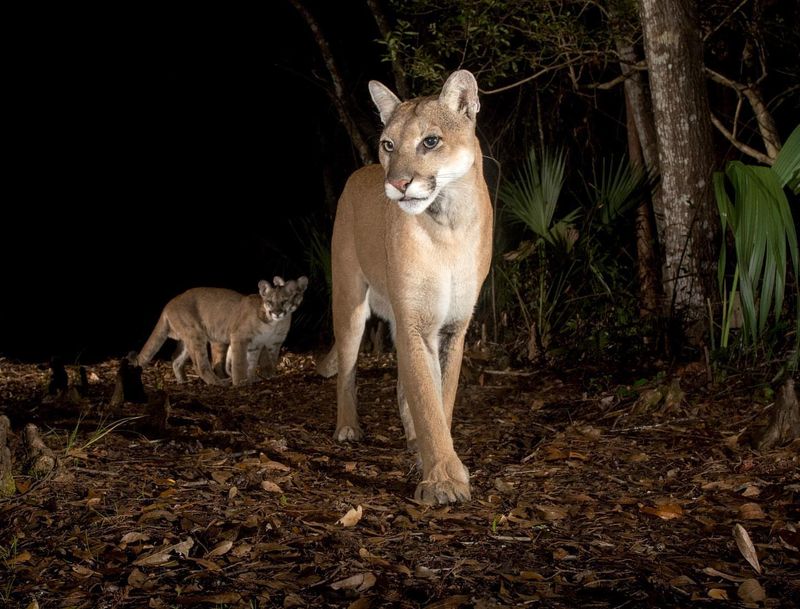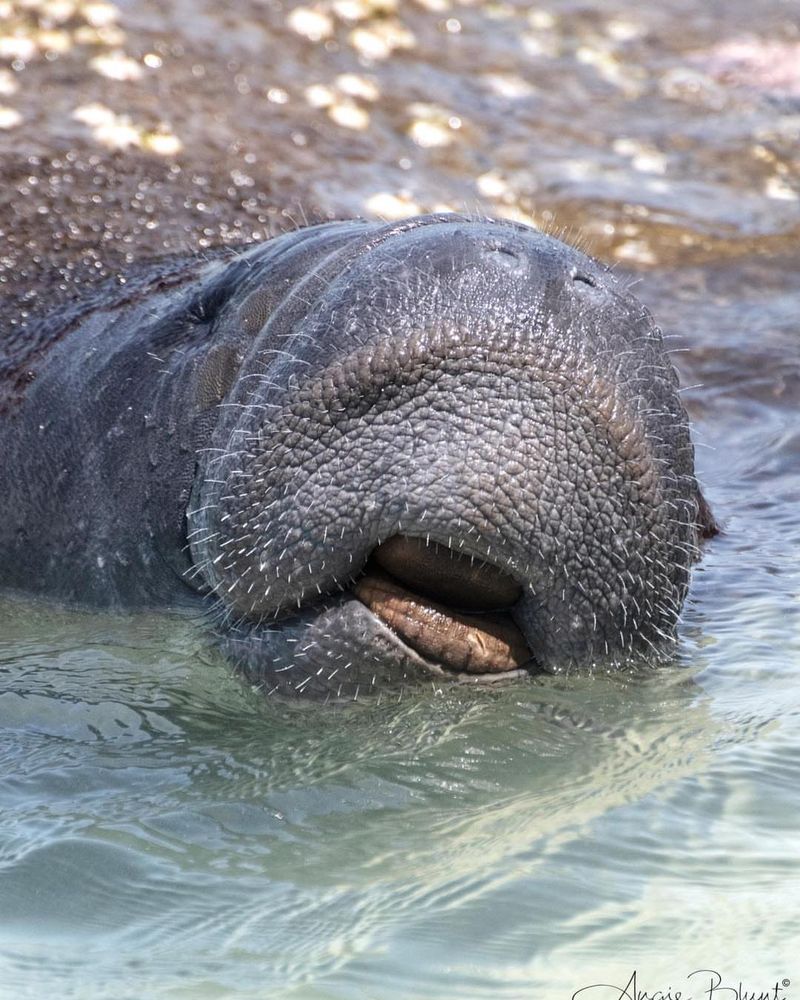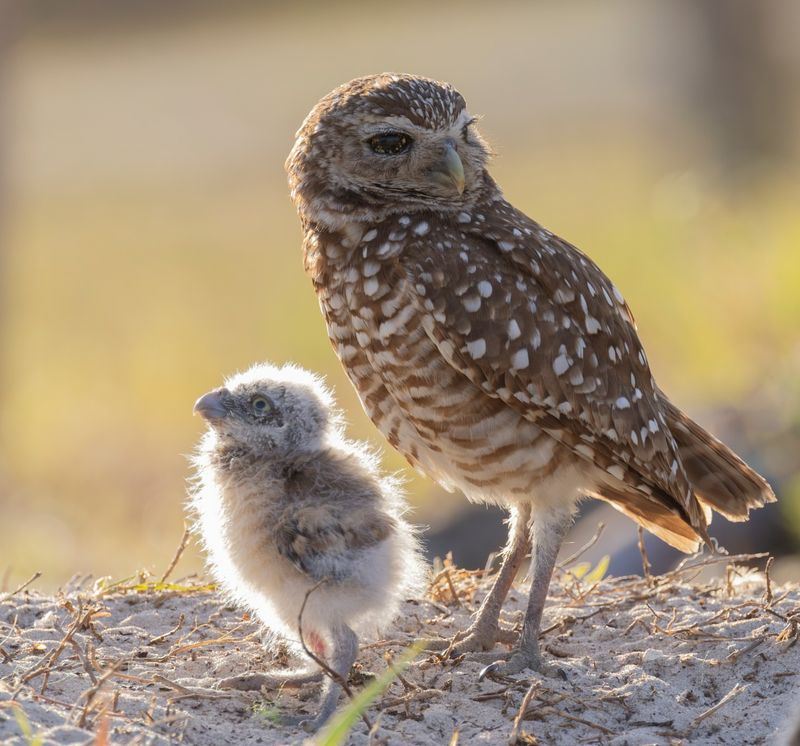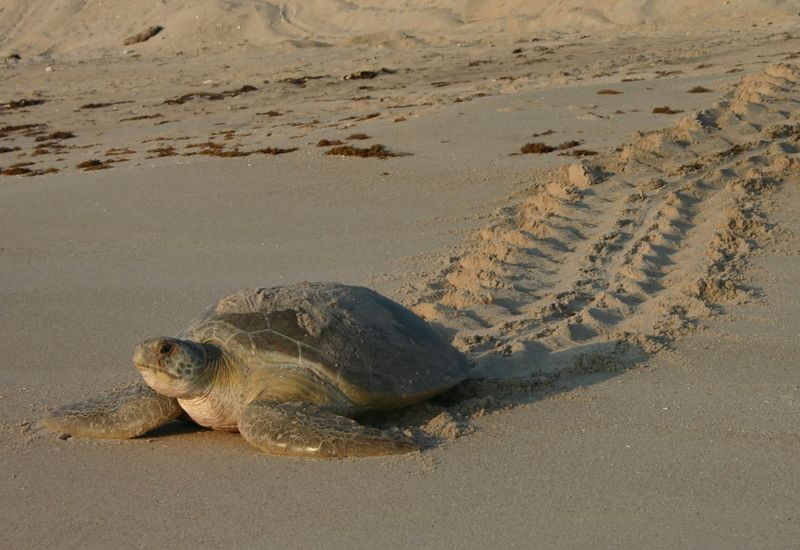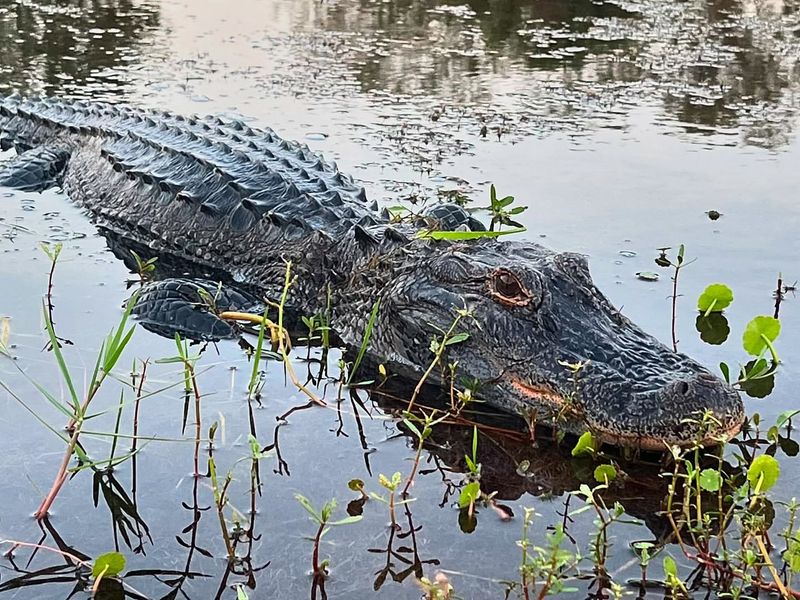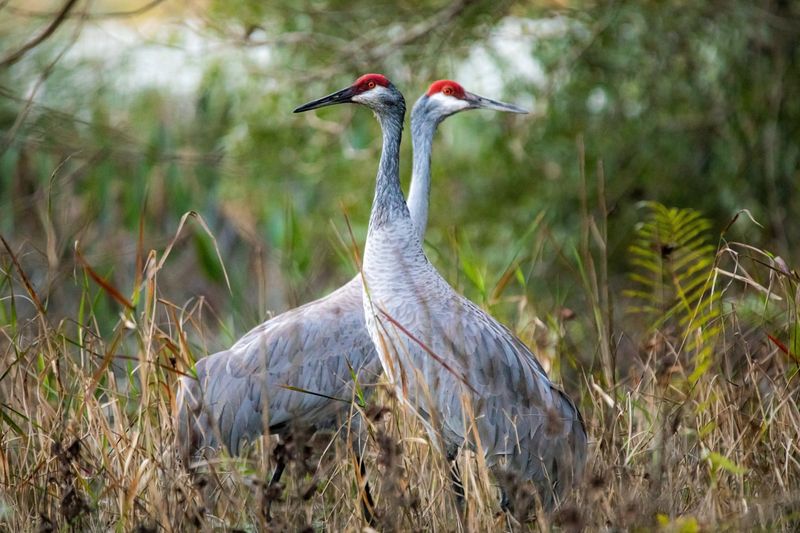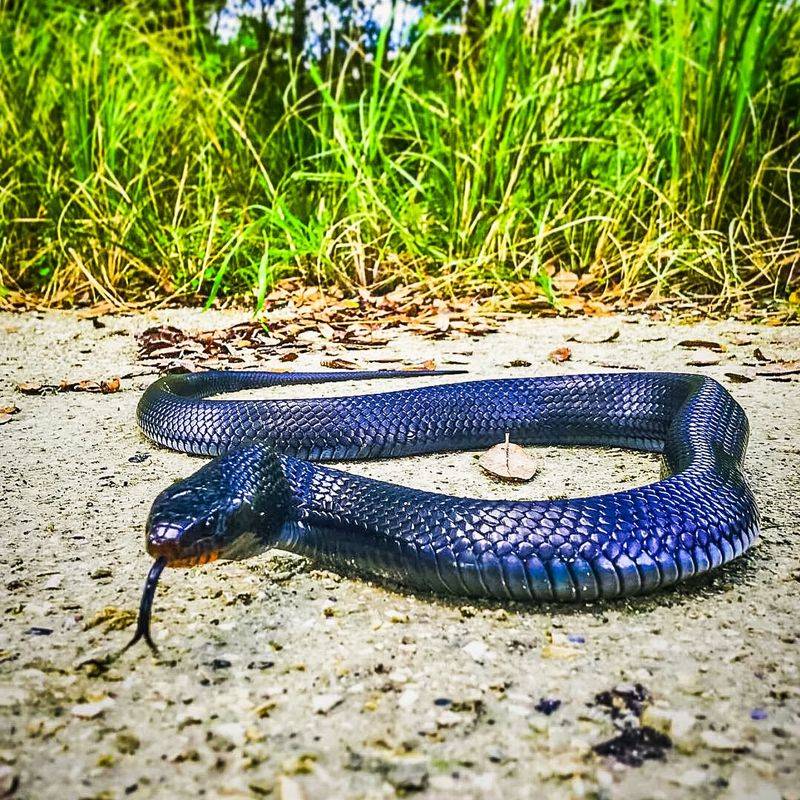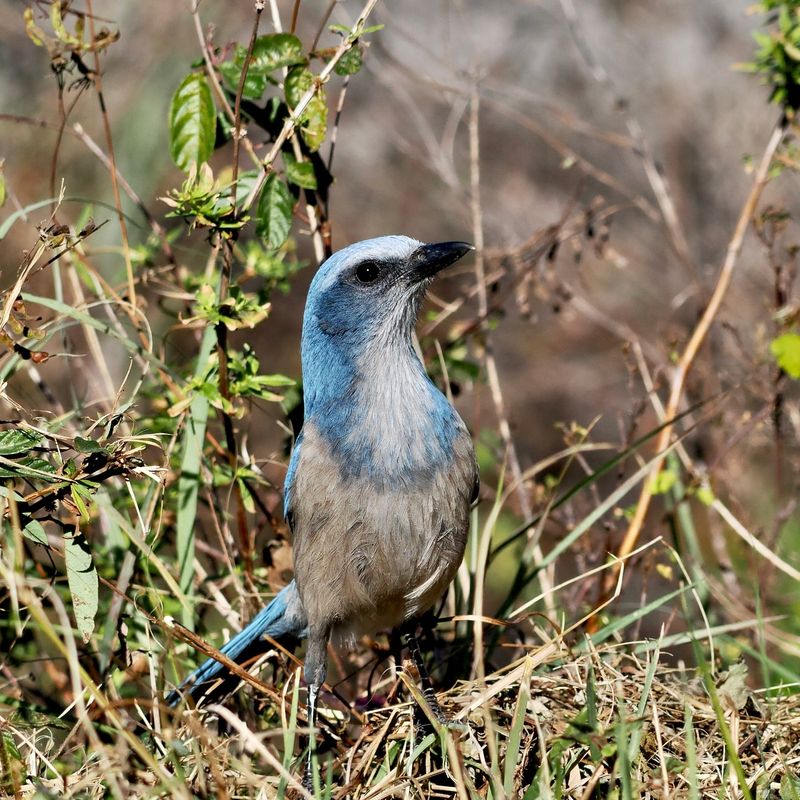Florida’s unique ecosystem is home to many protected animals that might wander onto your property. State and federal laws shield these creatures from harm, even when they show up uninvited.
Knowing which animals you legally can’t remove yourself could save you from hefty fines and help preserve Florida’s amazing wildlife.
1. Gopher Tortoises: The Underground Architects
Gopher tortoises dig burrows that provide shelter for over 350 other species! These gentle reptiles are protected under state law, making it illegal to relocate them without proper permits. If you find one slowly crossing your yard, simply let it continue its journey.
Their population has declined by 80% in recent decades, so each tortoise plays a vital role in Florida’s ecosystem.
2. Bald Eagles: America’s Protected Symbol
Spotting our national bird nesting on your property might feel special, but disturbing their habitat carries serious legal consequences. Federal laws prohibit removing nests or harassing these majestic birds. Bald eagles typically return to the same nesting site year after year.
If one chooses your property, consider it an honor! Contact Florida Fish and Wildlife Conservation Commission for guidance on living harmoniously with these protected raptors.
3. Florida Panthers: Endangered Wanderers
With fewer than 230 remaining in the wild, encountering a Florida panther is extraordinarily rare but possible in rural properties. These critically endangered cats are strictly protected under federal law. Panthers typically avoid human contact and pose little threat.
If one appears on your property, maintain distance and immediately report the sighting to wildlife authorities. Never attempt to approach or remove these magnificent cats yourself.
4. Manatees: Gentle Giants Of Florida Waters
Homeowners with waterfront property might encounter these beloved sea cows in their canals or docks. Manatees are protected under both the Marine Mammal Protection Act and the Endangered Species Act.
Harassing, feeding, or attempting to remove manatees is strictly prohibited. Slow-moving and curious by nature, they’ll usually move along on their own. Keep boat speeds low in areas where manatees gather to prevent accidental injuries.
5. Burrowing Owls: Tiny Ground-Dwelling Neighbors
Standing just 9 inches tall, burrowing owls might dig homes in your yard, especially in Cape Coral and Marco Island. Despite their small size, these charismatic birds receive big legal protection under Florida law. Their burrows are marked with white stakes and yellow tape during nesting season.
Even empty burrows remain protected! If these pint-sized predators take up residence on your property, enjoy watching their antics from a respectful distance.
6. Sea Turtles: Beach-Nesting Protected Reptiles
For coastal property owners, finding sea turtle nests on your beachfront can happen during nesting season (May through October). All sea turtle species in Florida are protected under federal and state laws. Never disturb or relocate nests, hatchlings, or adult turtles.
Instead, contact sea turtle conservation groups who will mark and monitor the nest. Remember to keep exterior lights off at night during nesting season to avoid disorienting these ancient mariners.
7. American Alligators: Florida’s Iconic Reptiles
Finding an alligator lounging by your pool or in your neighborhood pond might be alarming, but taking matters into your own hands is illegal. Once endangered, alligators now have recovered but remain protected under Florida law.
Small alligators (under four feet) typically pose minimal threat and often move on naturally. For larger gators or those showing concerning behavior, call the Nuisance Alligator Hotline at 866-FWC-GATOR for professional, legal removal.
8. Sandhill Cranes: Tall, Elegant Protected Birds
The distinctive bugling calls of sandhill cranes might announce their arrival on your lawn. Standing nearly four feet tall, these striking gray birds with red foreheads are protected under the Migratory Bird Treaty Act. Cranes often form family groups that return to the same territories yearly.
Though they may seem tame, never feed or attempt to relocate them. Their long-legged presence is temporary, and they’ll move along while searching for their natural foods.
9. Eastern Indigo Snakes: Beneficial Predators
The longest native snake in North America, the glossy blue-black eastern indigo snake is a threatened species that enjoys federal protection. Finding one in your garden is actually good luck! These non-venomous reptiles help control rodent and rattlesnake populations.
Docile by nature, they pose no threat to humans or pets. If you spot this increasingly rare snake, simply admire it from a distance and let it continue its beneficial hunting.
10. Florida Scrub-Jays: Rare Endemic Songbirds
Found nowhere else in the world, Florida scrub-jays are bright blue songbirds that inhabit only certain scrubby habitats in the state. Their federally threatened status makes disturbing them or their habitat illegal.
Curious and intelligent, these birds sometimes approach humans but should never be fed or handled. If scrub-jays nest on your property, consider it a rare privilege! Work with conservation officials to maintain appropriate habitat while following legal protection guidelines.

